A*STAR NEWS
What you need to know about vaccines and booster jabs
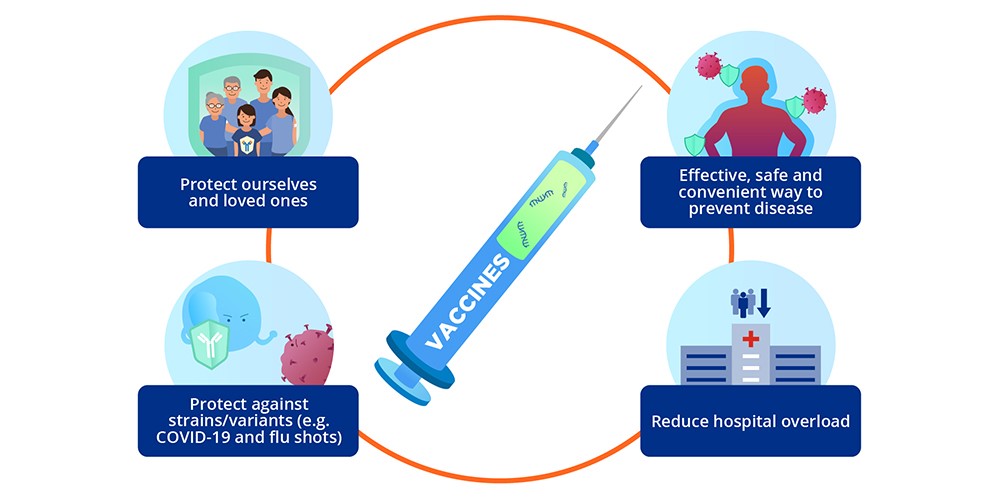
Get acquainted with the latest in vaccine science and research
Vaccines train our body’s immune system to build resistance against harmful viruses and bacteria. For some diseases, you might need more than one dose to build strong immunity as some viruses mutate over time, making your vaccine less effective.
For instance, we are encouraged to take the influenza (flu) vaccine yearly to upkeep protection against the latest flu strains, as different strains circulate.
For some vaccines such as the chickenpox vaccine, more than one dose is administered to protect those whose immune system did not respond to the first dose.
Protection from vaccines may also wear off after some time. For these types of vaccines, scheduled doses are encouraged to increase and maintain protection. Besides the COVID-19 vaccine, the pertussis (whooping cough) vaccine is administered based on a recommended timeline1 depending on the age group.
In this explainer, A*STAR scientists from the Infectious Diseases Labs (ID Labs) address common questions about vaccines, booster jabs and share the latest vaccine technologies that are currently in the works.
Case study: COVID-19 vaccines and boosters
#1: What is a COVID-19 vaccine and how does it work?
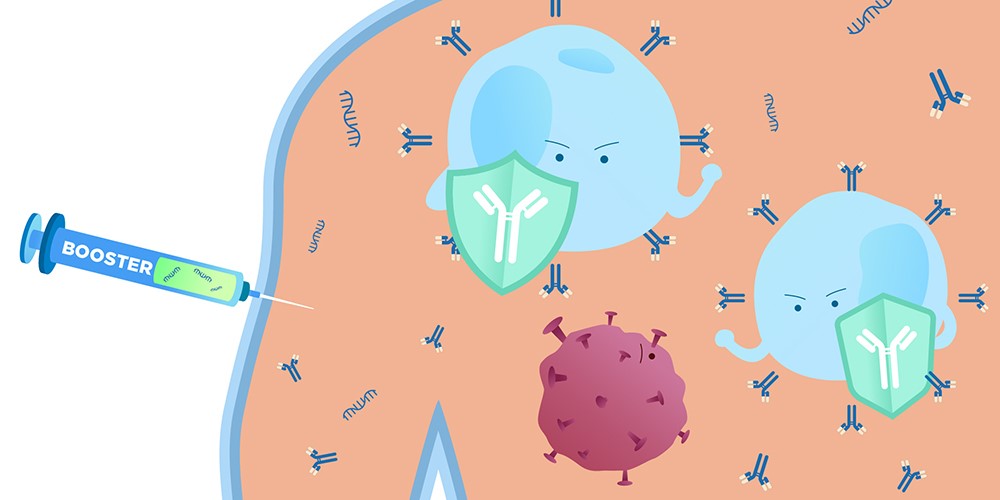
COVID-19 vaccine is administered to provide acquired immunity against SARS-CoV-2, the virus that causes COVID-19. A booster jab is an additional dose of the COVID-19 vaccine administered to allow the body to raise the levels of antibodies when the protection provided by the original jabs begins to decrease.
#2: Why is it important to get fully vaccinated, which includes receiving the recommended additional jabs based on age groups?
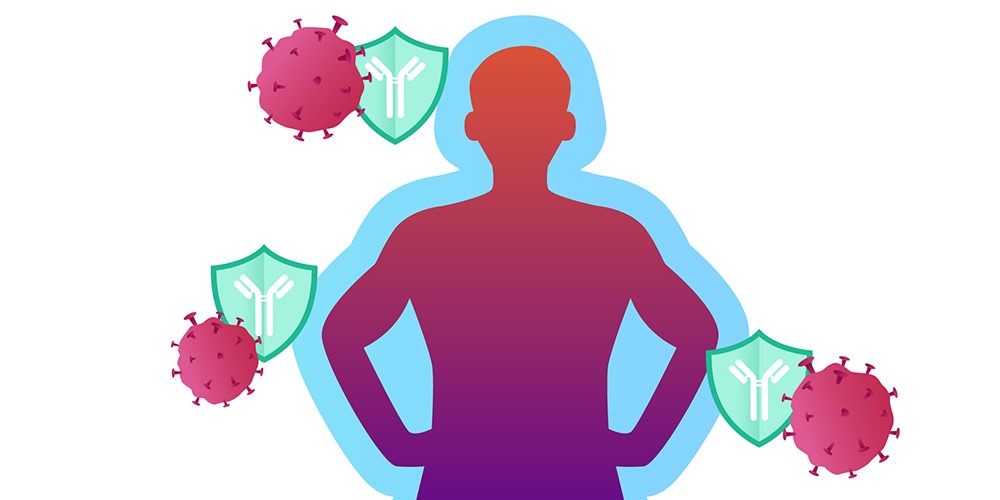
Immunisation has a critical role to play in public health, especially in combating infectious disease outbreaks as seen in previous epidemics such as polio, measles and mumps.
With COVID-19, a booster dose of the vaccine will help strengthen the body’s protection against the virus by increasing the levels of antibodies, B cells and T cells (white blood cells of the immune system that are responsible for adaptive immune response in an organism) so that the body is able to help fight off the virus if and when it tries to infect the individual.
Globally, the data shows that a booster dose of the vaccine is safe and enhances protection against developing severe disease from a COVID-19 infection2.
Likewise for individuals who have been infected with COVID-19 after receiving their primary series, a booster jab taken three months post-infection can offer better protection. This is because the antibodies produced from the natural infection will wane eventually, and a booster shot will increase the body’s antibody levels to offer strong protection against the virus.
#3: What are the potential side effects of vaccines and booster jabs and why do they occur?
Fatigue, headache, muscle aches and pain at the injection site are all common and completely normal side effects of vaccines and booster shots, including the COVID-19 vaccine and booster jab. The science shows that side effects from the booster jab are either the same or less serious compared to the earlier vaccine doses.
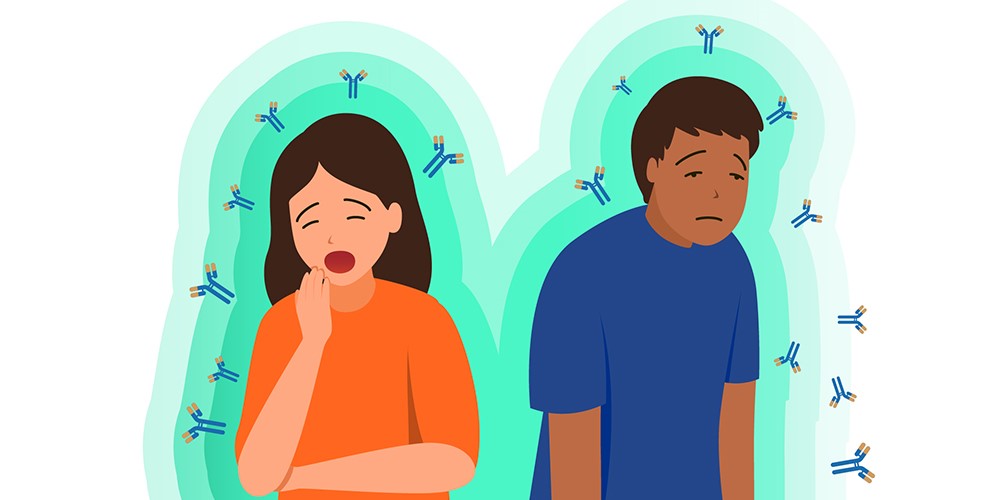
Side effects are essentially immune responses caused by our immune system. They develop because the body is reacting to the vaccine. This is short-lived, and the side effects last no more than a few days.
Some individuals may experience more side effects, but that could be because the body is ramping up the fight against the immunogens introduced.
However, there is no scientific evidence to show that a stronger reaction means stronger immunity, and vice versa.
#4: Should we expect more booster shots for COVID-19 to come?
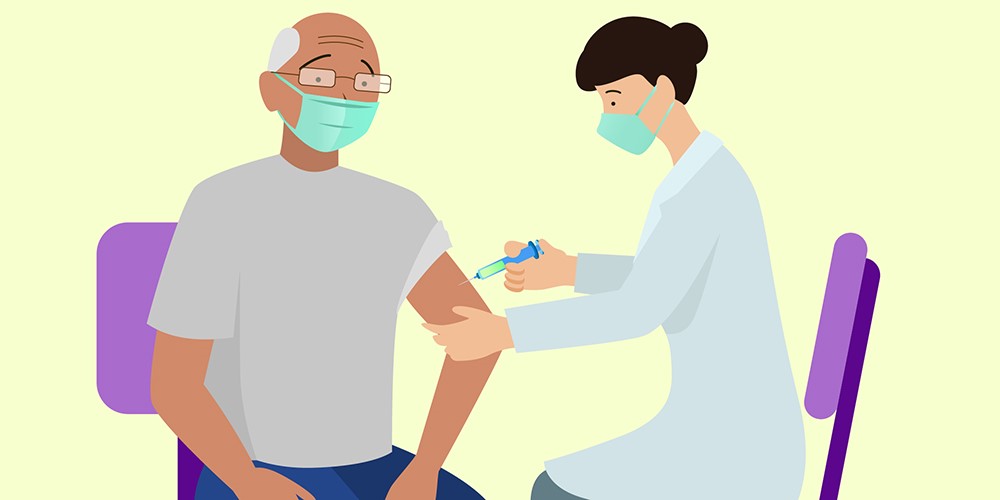
Local experts and researchers are continuing to keep a close watch on the virus to see how it evolves and mutates. We may eventually require regular shots, similar to how Singaporeans are encouraged to get regular jabs for the seasonal flu.
For now, a second booster shot is recommended for all persons aged 60 and above, persons living in aged care facilities, and medically vulnerable persons at higher risk of severe COVID-193.
FUN FACTS
1. Did you know that receiving three vaccine doses is not uncommon?
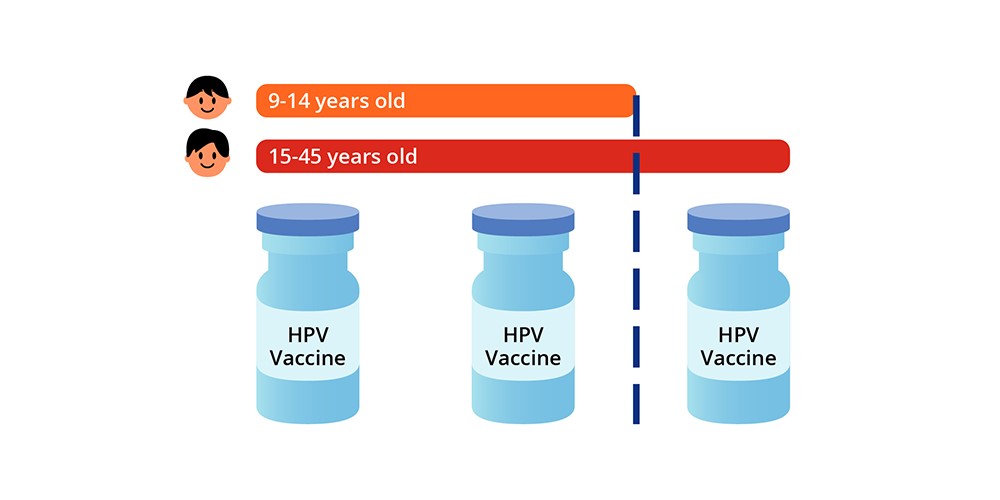
HPV vaccinations are administered as a two-dose series for most people who initiate vaccination at ages 9-14, and a three-dose series for people who initiate vaccination at ages 15-45, as well as for immunocompromised people. Hep B vaccine schedules go up to as many as four doses too.
2. mRNA vaccines have been in development for over 15 years.
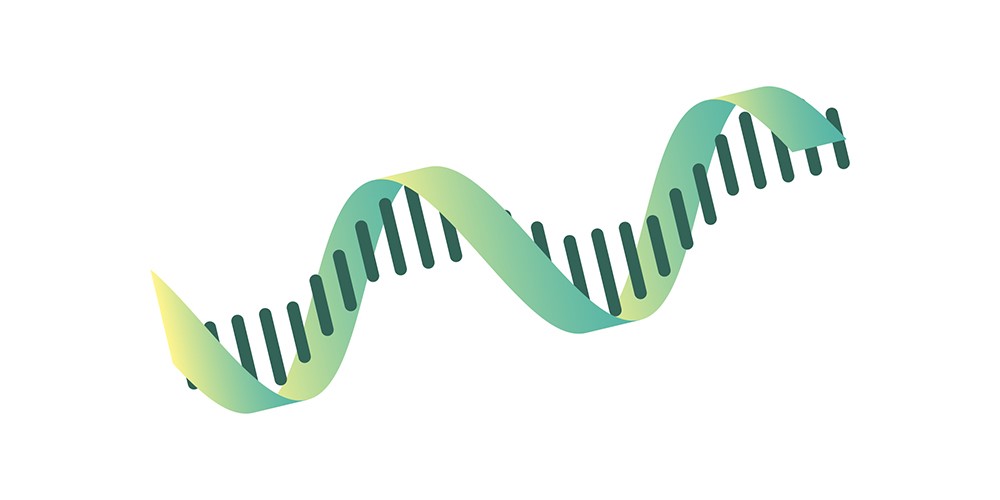
mRNA vaccines are not a new technology. In fact, mRNA technologies have been in development from a basic science perspective for over 15 years. Prior to the pandemic, various mRNA vaccines were being developed for HIV, cancer and Zika virus.
Pharmaceutical companies such as Moderna have been working on the mRNA vaccine for years too. When the COVID-19 pandemic struck, they simply worked on assembling the spike protein and testing, which is how the vaccines came about so quickly.
3. A new type of RNA technology is now being studied.
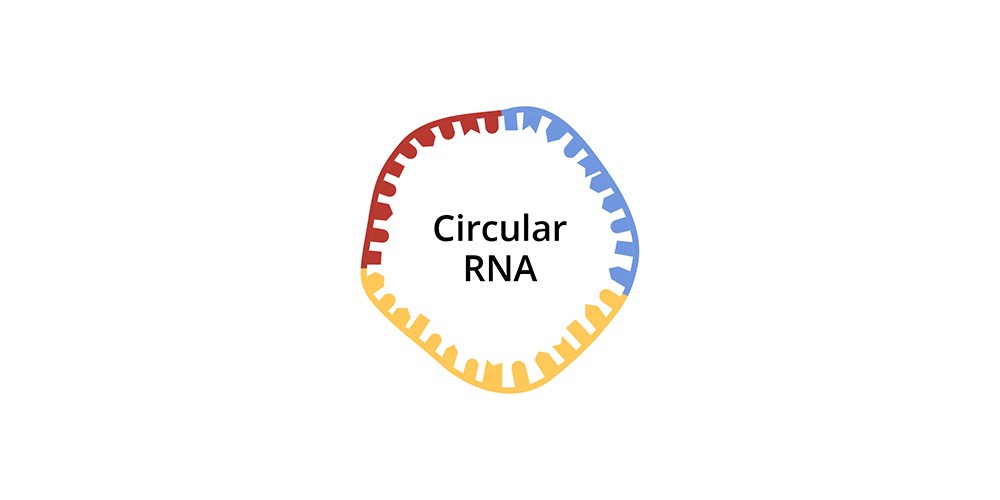
Known as circular RNA, this new technology is a type of single-stranded RNA which forms a covalently closed continuous loop, unlike linear RNA. A team at A*STAR is currently developing circular RNA versions of the vaccine, which involves increasing and stabilising the amount of proteins produced. This would allow the dose to be reduced, and in turn lower the cost of the vaccine.
Sources:
1 CDC.gov - Pertussis
2 MOH.gov.sg - FAQs - Booster Doses
3 GOV.sg - Updates to groups eligible for COVID-19 second booster
Was This Article Helpful ?
A*STAR celebrates International Women's Day

From groundbreaking discoveries to cutting-edge research, our researchers are empowering the next generation of female science, technology, engineering and mathematics (STEM) leaders.
Get inspired by our #WomeninSTEM
